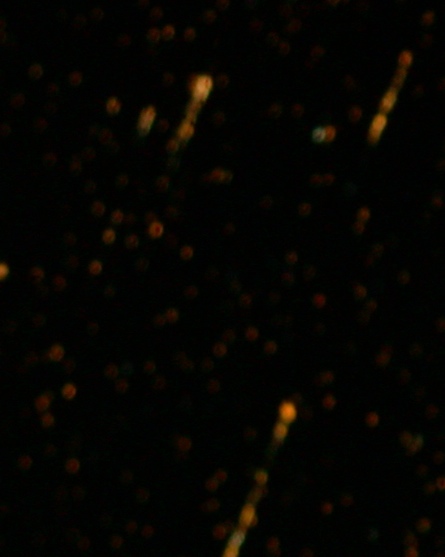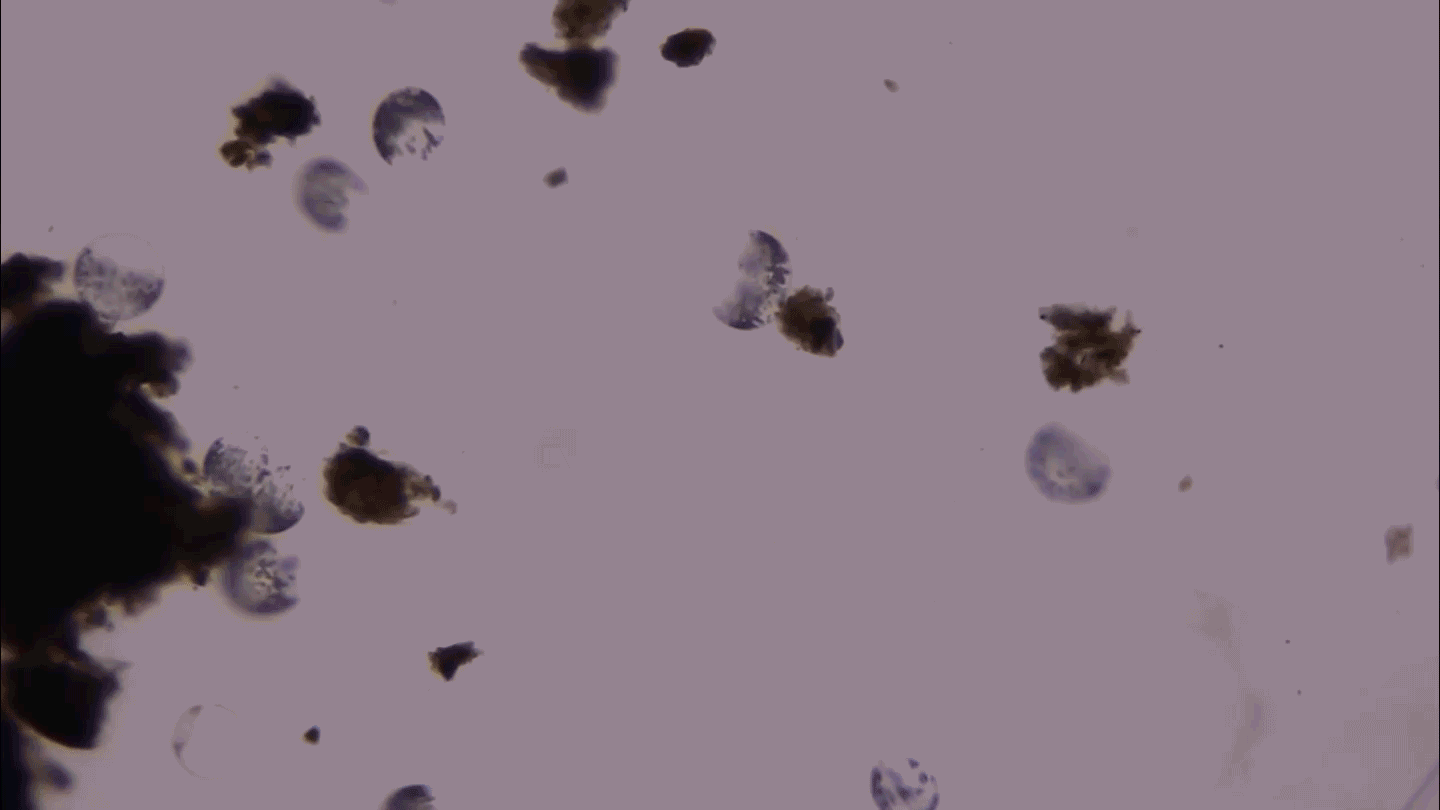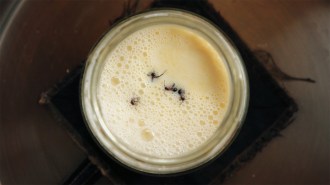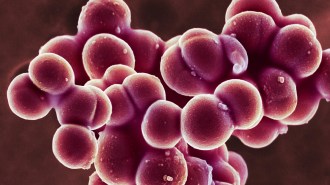WASHINGTON — Huge quantities of oil that gushed from BP’s well blowout last spring and summer now taint the Gulf of Mexico’s seafloor, newly released video and chemical sampling data show. Within 40 miles of the damaged wellhead, the oil deposits appear extensive but patchy, and range from little spots of oil on the seafloor to localized blankets of goopy hydrocarbons several inches thick.


New data suggest much of this oil may have rained down from the sea surface, fostered by what scientist Samantha Joye calls “microbial spit.” Joye, an oceanographer and biogeochemist at the University of Georgia in Athens, described her team’s findings on February 19 at the annual meeting of the American Association for the Advancement of Science.
Joye shared underwater images depicting eerie strings of bacterial slime — mucus streamers that ranged from one millimeter to almost two meters long. The key ingredient of the slime is what she terms bacterial spit, a material that, like laundry detergent, helps break apart large oil globules. Such surfactants are secreted by many oil-eating bacteria and render the oil easier for them to digest.
As the sticky slime picks up cells and other debris from the water, it becomes heavy and sinks.
Or that’s what appeared to be happening, Joye said. To investigate, her team went back to the lab and added a milliliter of oil from the BP well to a liter of surface seawater that her group had collected from an oil-free part of the Gulf.
After just one day, naturally occurring microbes in the water began growing on the oil. After a week, the cells formed blobs, held together by spit, that were so heavy they began sinking to the bottom of a jar. Two weeks later, large streamers of microbial slime and cells were evident. Brown dots visible inside the mix were emulsified oil.
“This is the mechanism that we propose deposited oil to the [Gulf’s] bottom,” Joye said.
In September photos taken in areas that had encountered BP oil, these streamers of microbial spit “were all over the place,” she said — from the top of the water column to the seafloor. “The stuff we’re seeing in the lab forming from the addition of oil is very similar looking to what we see on the bottom.”
The mucus streamers are also very clearly distinct from oil chemically dispersed with Corexit. Use of the commercial dispersant by cleanup crews created an oil-water emulsion that “looks like chocolate mousse under water,” Joye observed.
When she and her colleagues extracted cores of sediment from the Gulf’s spill-impacted zones, the top sediment layers often showed signs of what appeared to be the microbial spit. That layer also was devoid of living animals, forming what Joye called an “invertebrate graveyard.”
She often saw dead corals, crabs and sea stars in the affected seafloor areas. Absent were sea cucumbers that are normally abundant in parts of the Gulf where natural petroleum seeps occur. Damage was also evident above the seafloor: Mortality in free-floating jellyfish and sea squirts proved especially high, Joye said. And some worms had become nothing more than hollow tubes filled with the slimy goop that chemical fingerprinting methods would later show had contained BP oil.
But oil wasn’t the only spill-related pollution to be raining down onto the seabed. Joye described data on two chemical indicators of remnants of the burning of oil by spill-cleanup crews. Soot, which is normally not present in ocean sediment, turned up in September water samples. Joye’s team also reports finding an elevated ratio of certain combustion byproducts known as polycyclic aromatic hydrocarbons, or PAHs, in sediments directly under burn sites.
National Oceanic and Atmospheric Administration Administrator Jane Lubchenco acknowledges that extensive sampling by her agency and its university partners “has shown that there is oil — residues or some kind of oil products — on the seafloor.”
To understand the impacts of the BP spill on the health of Gulf ecosystems, she said at a press briefing at the AAAS meeting, “we believe there needs to be a lot more monitoring on an ongoing basis.” But her agency probably won’t be spearheading it. “One of our current challenges,” Lubchenco says, “is that there is no obvious source of funding for that ongoing monitoring.”
The federal government and state trustees can “hold the parties responsible for the [BP] spill fully accountable to restore, rehabilitate, replace or acquire the equivalent of natural resources and services injured by the oil spill,” Lubchenco notes. But the first step is identifying the harm, she says, which may depend on long-term monitoring of oil-hammered ecosystems.







